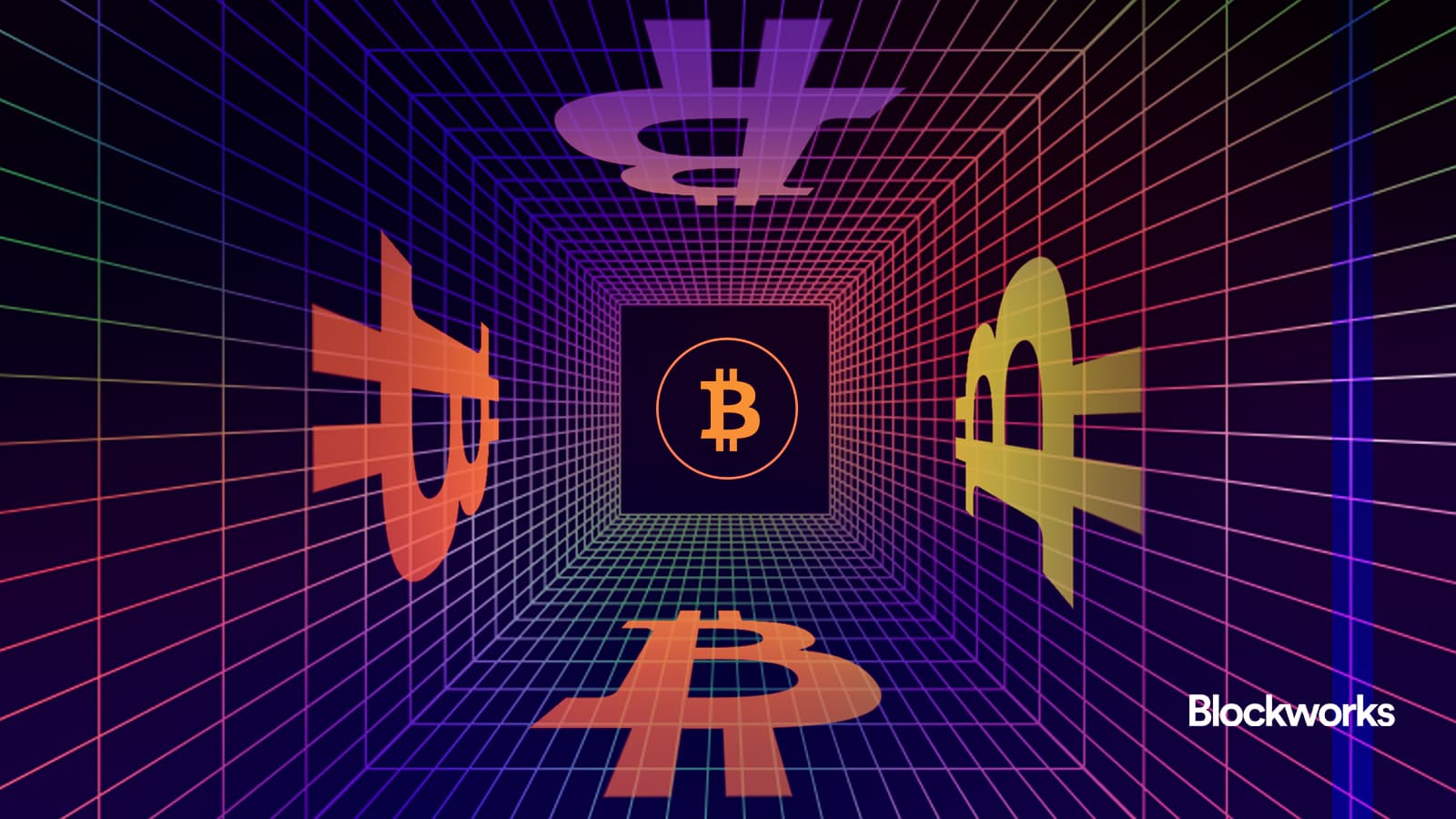Why the ’90s Internet Would Have Killed Bitcoin Before It Could Breathe

Dial-up speeds and floppy disks—Satoshi’s whitepaper wouldn’t have stood a chance.
No infrastructure, no revolution
The ’90s web crawled at 56kbps. Try syncing a blockchain over that while your sister picks up the phone. Mining rigs? Consumer GPUs barely handled Quake. The hash rate would’ve died faster than a Pets.com IPO.
Trust issues
Pre-PayPal, digital cash sounded like a Nigerian prince scam. Banks still ruled with iron fists—no way they’d tolerate some cypherpunk bypassing their 3% vig on every transaction.
The final irony?
Today’s Wall Street whales now hoard BTC like gold. Guess disruption tastes better when you’re the one charging custody fees.
On This Day – Szabo defends Bitcoin
In their May 27, 2011 essay, “Bitcoin is Worse is Better,” Gwern suggests that bitcoin “involves no major intellectual breakthroughs.”
Bitcoin was mostly a collection of prerequisite technologies, ranging from the hash tree from 1979 to Adam Back’s Hashcash and Wei Dai’s B-money, until finally Szabo’s bit Gold in the early 2000s.
The next day — 14 years ago today — Szabo replied. “Bitcoin, what took ye so long? So asks gwern in a spectacular display of hindsight.”
Szabo had only really publicly commented on Bitcoin twice before, at least by my count.
Both instances involved comparisons to bit gold, and he went so far in January 2011 as to say that Bitcoin was “an implementation of the bit gold idea.” Which in many ways is, of course, true.
In 1998, Szabo proposed a concept for a decentralized digital currency, bit gold, which is widely regarded as Bitcoin’s closest ancestor. Bit gold has many of Bitcoin’s hallmark features, including proof-of-work mining and time-stamped blocks.
Bit gold was never formally implemented into a working public prototype, leading many in the early years to wonder whether Szabo was actually Satoshi Nakamoto himself. (Nick has denied creating Bitcoin on multiple occasions.)
“The short answer about why it took so long is that the bit gold/Bitcoin ideas were nowhere remotely close to being as obvious gwern suggests,” Szabo wrote. “They required a very substantial amount of unconventional thought, not just about the security technologies gwern lists (and I’m afraid the list misses one of the biggest ones, Byzantine-resilient peer-to-peer replication), but about how to choose and put together these protocols and why.
“Bitcoin is not a list of cryptographic features, it’s a very complex system of interacting mathematics and protocols in pursuit of what was a very unpopular goal.”
The whole post is worth the read, especially after going over Gwern’s entire original post beforehand (Gwern even shows up in the comments, replying to Szabo’s criticism. Szabo’s blog is also worth revisiting, although he hasn’t posted since March 2018.
Most interestingly, Szabo mentions a private mailing list he’d founded in the late ‘90s, “libtech,” where he and Wei DAI both detailed their ideas for bit gold and b-money. Szabo later stated that Hal Finney, free banking authority Larry White, and economist George Selgin were also on the list.
Anyone who knows if an archive of those emails still exists, hit me up.
Did You Know?
Wei Dai’s b-money proposal is the first citation in the Bitcoin WHITE paper. And while he may not be Satoshi, Wei did mine bitcoin in early 2011, when it traded for less than a dollar.
“… My understanding is that the creator of Bitcoin, who goes by the name Satoshi Nakamoto, didn’t even read my article [proposing b-money] before reinventing the idea himself,” Wei wrote on LessWrong, a forum for discussions about rationality, philosophy and so on.
“He learned about it afterward and credited me in his paper. So my connection with the project is quite limited.”
Wei continued: “BTW, thanks to the discussion you started, I bought a Radeon 5870 and started mining myself, since it looks likely that I can at least break even on the cost of the card. (Of course I heard about Bitcoin earlier, but in my version of the idea, nobody can make large profits by mining/minting, so I didn’t look into the possibility.)”
The 50 BTC earned by mining just one block in 2011 WOULD now be worth more than $54 million.
- The Breakdown: Decoding crypto and the markets. Daily.
- Empire: Crypto news and analysis to start your day.
- Forward Guidance: The intersection of crypto, macro and policy.
- 0xResearch: Alpha directly in your inbox.
- Lightspeed: All things Solana.
- The Drop: Apps, games, memes and more.
- Supply Shock: Bitcoin, bitcoin, bitcoin.

